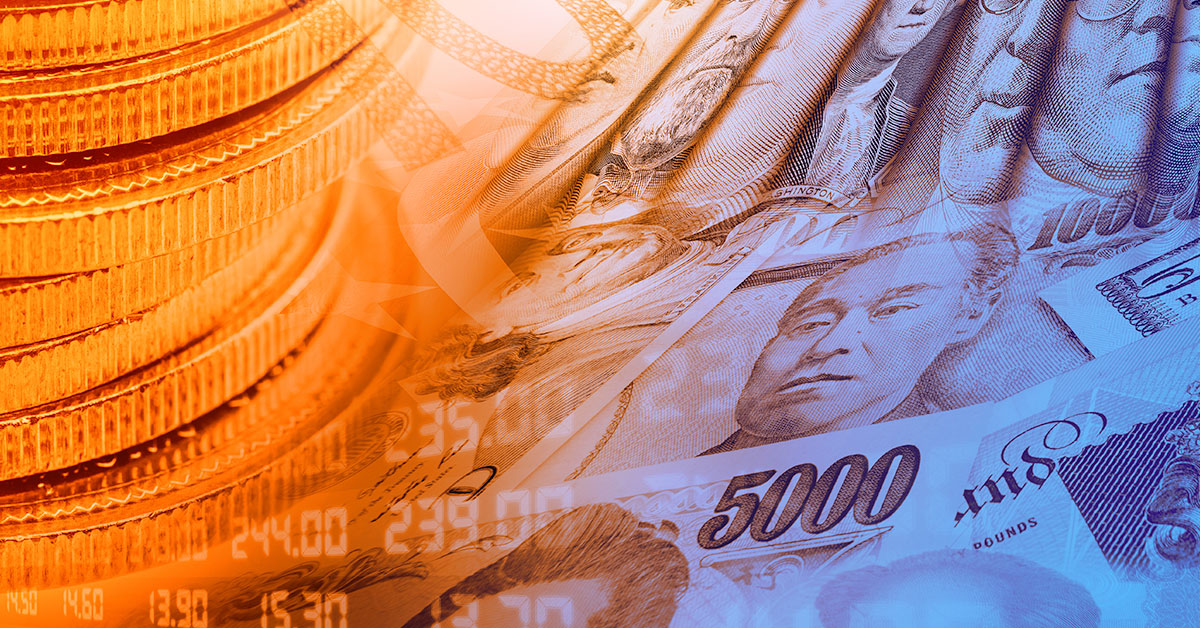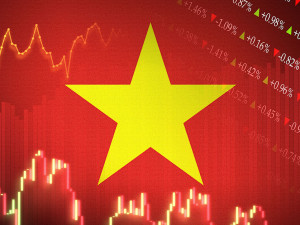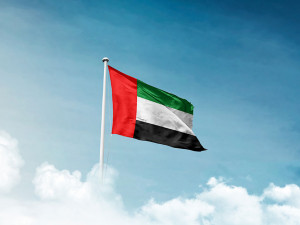
The term ‘global reserve currency’ refers to a currency that is held in large quantities by a government or institution, in order to conduct international trade, investments or other interactions on the global market. The reserve currency acts as a global common denominator amongst countries, for participating in international trade and finance. This simplifies cross-border operations, providing a stable and widely accepted medium of exchange.
Today, the US dollar is most widely considered the global reserve currency – however, the landscape is constantly evolving, with several factors potentially reshaping the system in the coming decades. Throughout this article, we will explore the definitions and history of the global reserve currency, as well as its advantages, disadvantages and future outlook.
History of reserve currencies
The idea of a world reserve currency is not a modern phenomenon. Historically, several currencies have held this position. One of the earliest examples of this was the Roman denarius, the widely accepted currency across the Roman Empire. In more recent times, the British pound sterling was the world’s leading reserve currency during the 19th and 20th centuries, a reflection of imperial and industrial power. After two world wars, the influence of the pound sterling diminished, after the wars weakened the British economy.

What is the global reserve currency today?
Since World War II, the dominant reserve currency has been the US dollar. Strengthened by the Bretton Woods Agreement of 1944, 44 Allied countries worked together to establish a new international monetary system. Instead of world currencies’ value being linked to gold, they would be pegged to the US dollar, which would then be convertible to gold, for $35 an ounce. This system was accepted until 1971, when changes needed to be made due to economic pressures, in favour of the current system of fiat currency, where value comes not from a physical asset, but from trust in the issuing authority.
Despite this shift, the dollar managed to remain the leading global reserve currency. According to the International Monetary Fund, in the fourth quarter of 2023, the US dollar accounted for approximately 58.41% of global foreign exchange reserves. For the US, this is a fantastic advantage, allowing for cheaper borrowing and significant leverage in international diplomacy.
Benefits & drawbacks of holding a reserve currency
Today, the dollar is used in most international trade agreements and is the go-to currency for commodities trading, such as oil. This is sometimes referred to as the ‘petrodollar’ system. The dollar dominates for a number of reasons, most notably as the US is the largest economy, and considered the most stable in the world. Furthermore, the dollar is so widely available and traded frequently – deep liquidity makes for reliable international transactions. In times of economic uncertainty, the dollar also is trusted as a ‘safe haven’ currency, which investors and governments flock to in order to protect purchasing power.
For the US, acting as global reserve currency provides various benefits, including:
Lower borrowing costs
As global demand for the dollar is high, the issuing country (the US) is able to borrow money at much lower rates.
Diplomacy tool
In the role as global reserve currency issuer, the US can use this to its advantage in the global economy. Recent examples include the US imposition of sanctions on Russia, in attempts to exclude them from the global financial system.
Reduced fluctuation risk
Those operating in the issuing country can enjoy trading without the risk of currency fluctuations as a result of conversion.
Potential drawbacks include:
Trade Deficit
Due to strong currency demand, this can lead to overvaluation. This results in more expensive exports and cheaper imports, leading to trade deficits.
Diplomacy Difficulties
While sanctions can be effective, they can also lead to unintended consequences for the global economy, through tensions between nations.
Are there Challengers to the US Dollar?
Discussions in recent years have spoken of “de-dollarisation”, through a desire to reduce global dependence on the US dollar. As a result of excessive sanctions, Russia has resorted to conducting its transactions in other currencies. The BRICS coalition has gained strength in recent years, adding further nations to the alliance.
At the 2024 BRICS Summit, discussions were had over the implementation of a blockchain-based competitor to the US dollar as the reserve currency, referred to as “the Unit”, pegged to a combination of gold and a basket of BRICS member currencies. In response to being excluded from Western payment networks such as SWIFT, which is dominated by the US and EU, “the Unit” is designed to operate as an apolitical, technologically advanced solution that provides an outlet for countries affected by Western sanctions.
While this solution is not expected to be implemented until 2030, BRICS countries are continuing to reduce their holdings of US dollars in the meantime. A shift such as this may lead to further moves away from Western systems, such as in the establishment of BRICS ratings agencies, addressing accusations over the dominant Western ratings agencies like Moody’s and the S&P being forced to undervalue Russian and Chinese businesses. The establishment of alternative ratings agencies will reduce barriers for BRICS businesses in raising capital.

The role of gold & other assets
In this time of geopolitical tension and economic uncertainty, certain countries have opted to increase their gold reserves to hedge their reliance on the US dollar. As gold prices rise, this sentiment has been reflected in the markets, solidifying gold’s role as a universal store of value.
Alternative discussions have included the use of the International Monetary Fund’s Special Drawing Rights (SDRs) as a reserve currency instead. SDRs are based on a more diversified portfolio of international currencies, including the US dollar, Chinese renminbi, Japanese yen and British pound sterling. Currently, the SDR’s role is limited in comparison with the dollar, however.
Conclusion
The global reserve currency gives its issuing country a pivotal role in the facilitation of international trade, and the overall health of the global market. For nearly 80 years, the US dollar has held this role, yet change looks to be on the horizon. Geopolitical tension, strengthening alternative coalitions and technological advancement are leading us into an exciting period of change for global finance, where the dollar’s supremacy may be realistically challenged.
For now, however, the US dollar remains the lifeblood of the global financial system. In the future, we may expect to see a more diversified mode of operation, where multiple currencies operate as global reserve currencies, with influence being spread across the globe. These shifts would be greatly impactful on all aspects of how the global economy operates, from trading to diplomacy.
As always, for currency news and insight into the world of currency, make sure to stay up to date with our Expert Analysis, as well as our daily Market Commentary.
Caleb Hinton
Caleb is a writer specialising in financial copy. He has a background in copywriting, banking, digital wallets, and SEO – and enjoys writing in his spare time too, as well as language learning, chess and investing.



